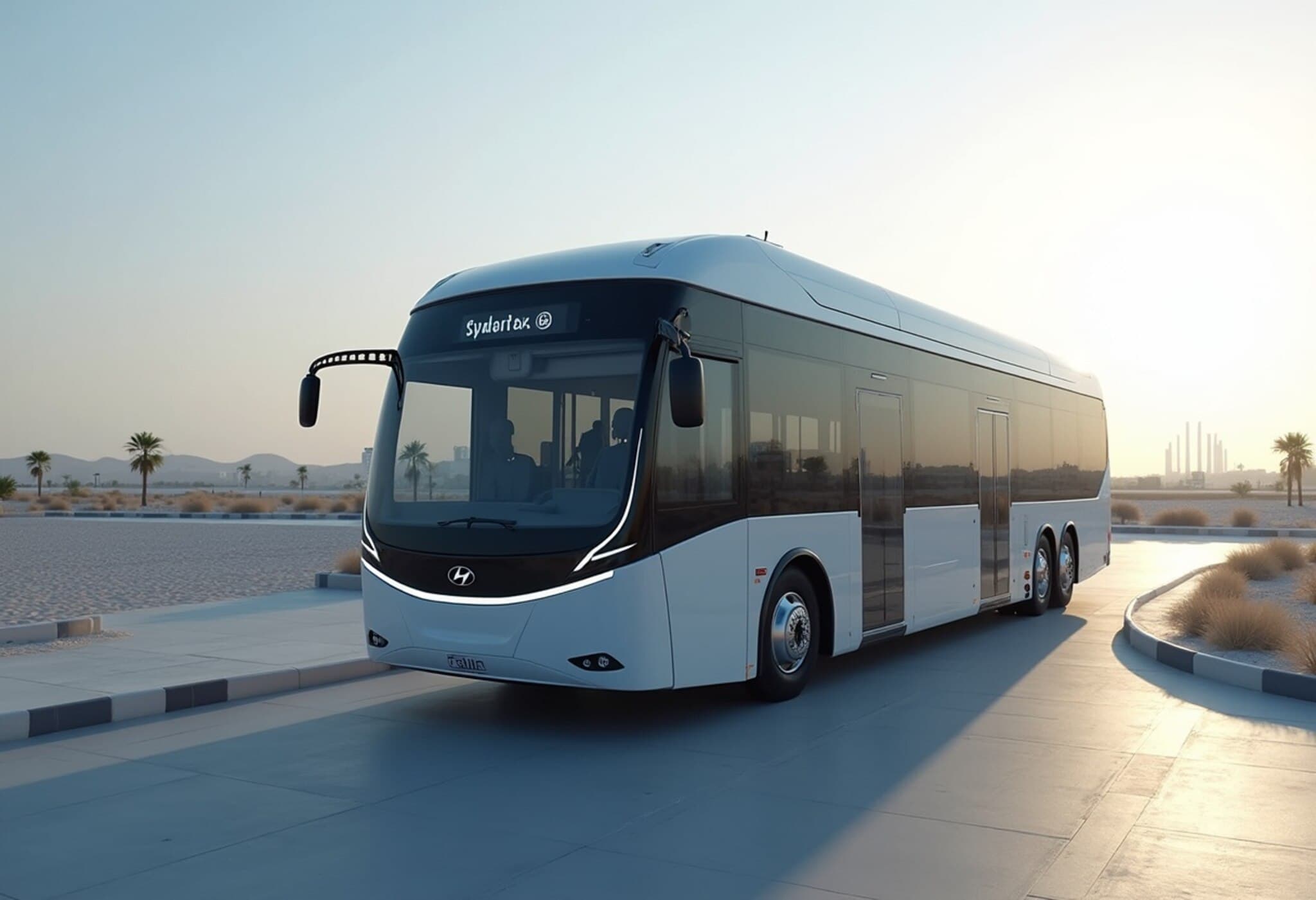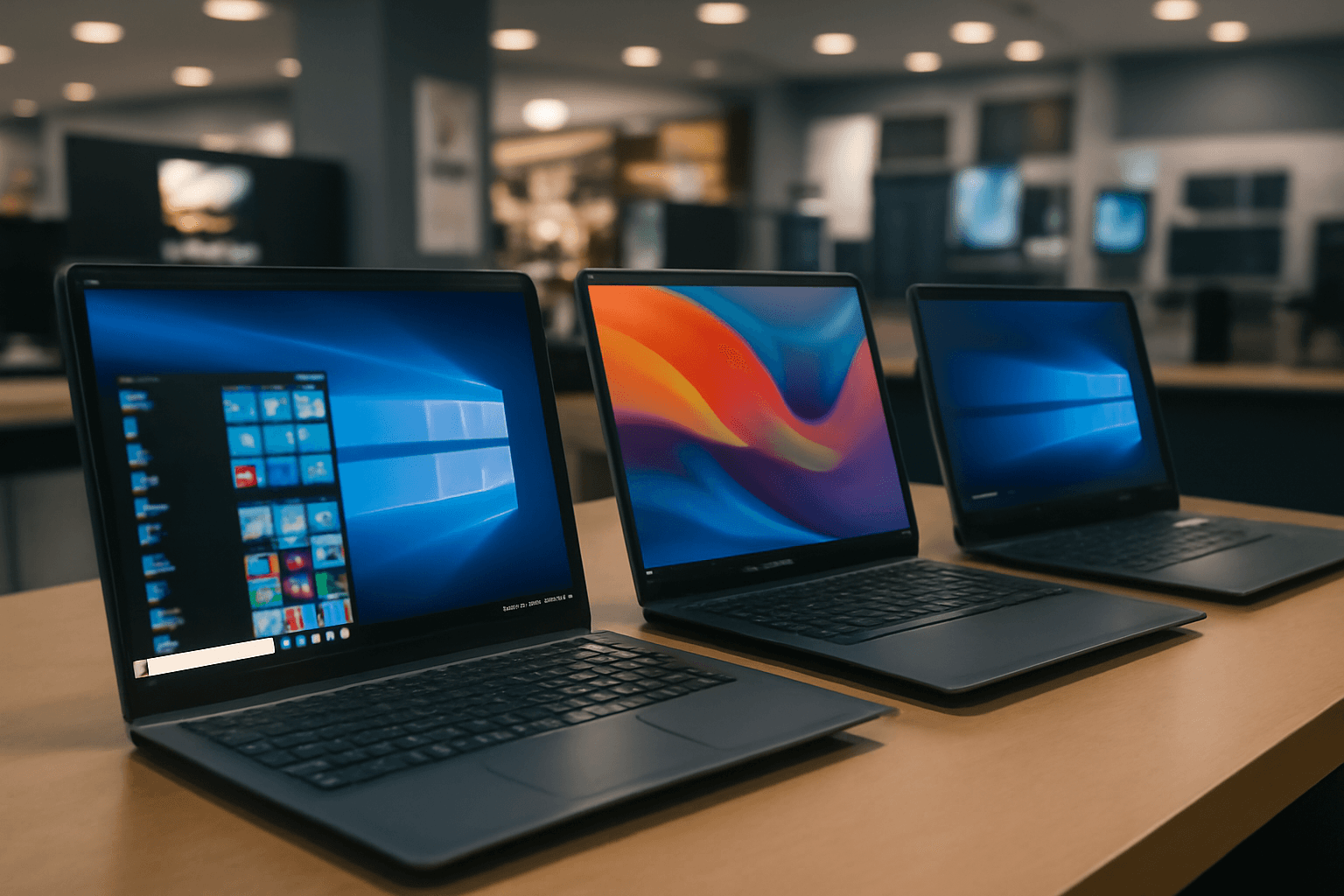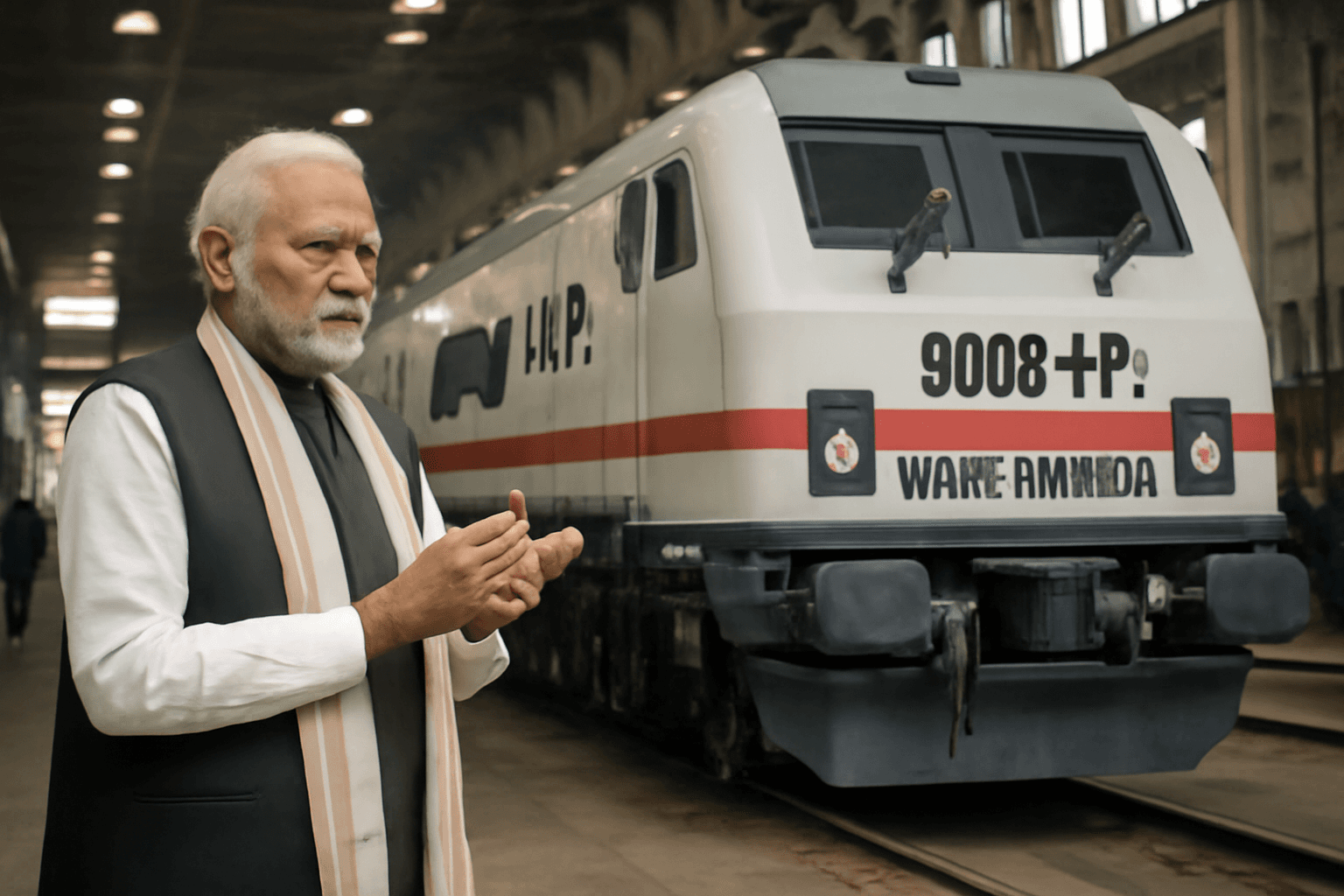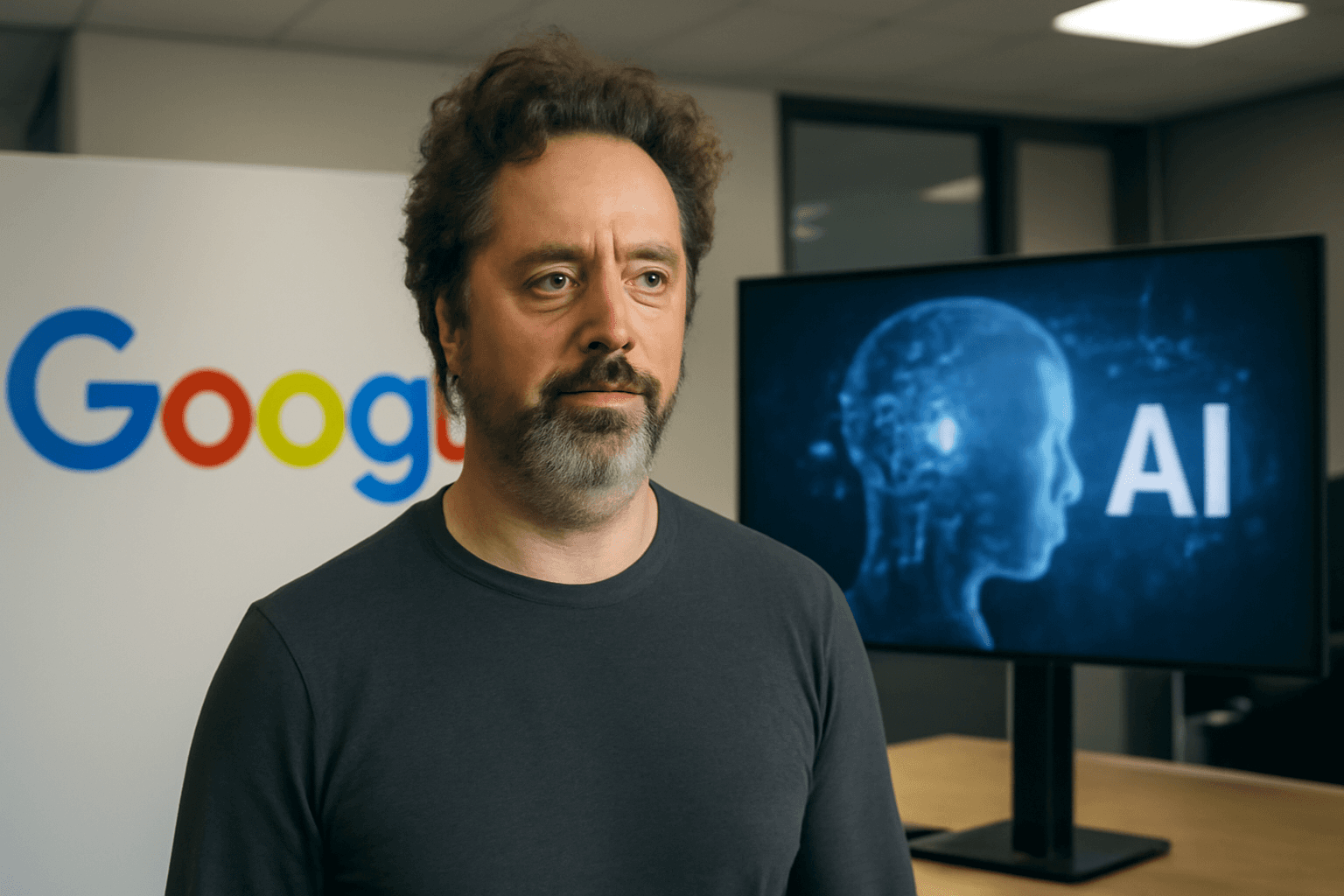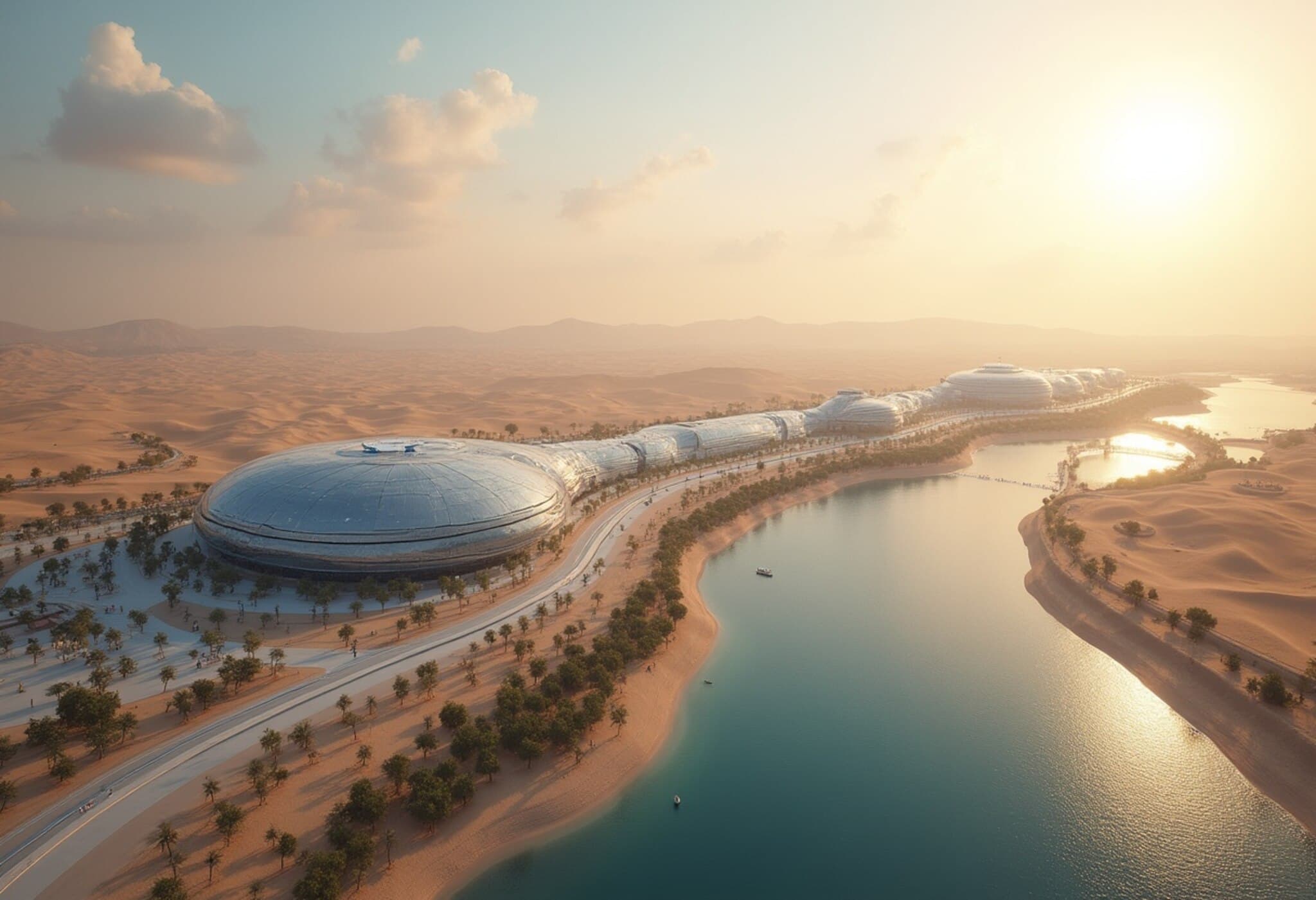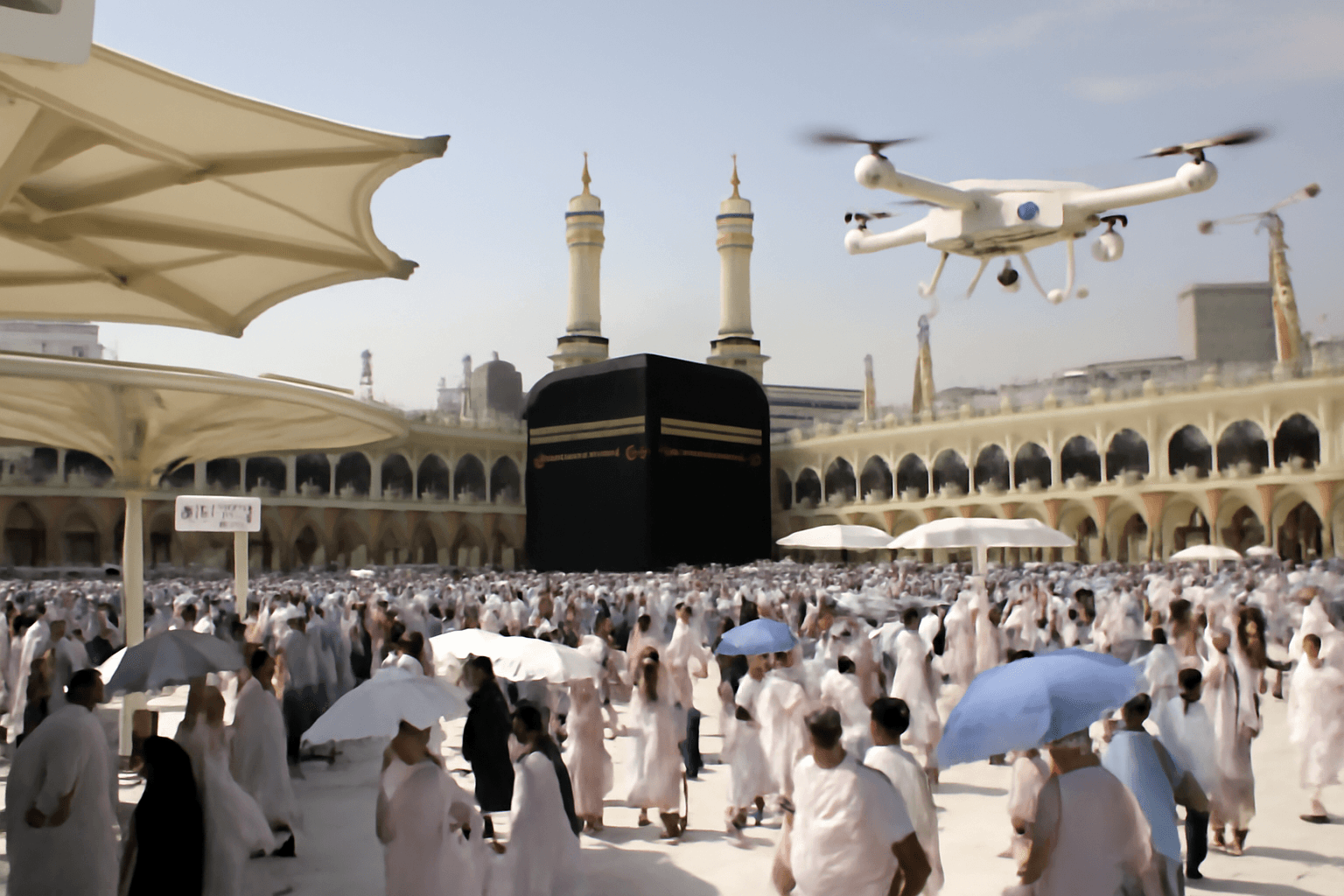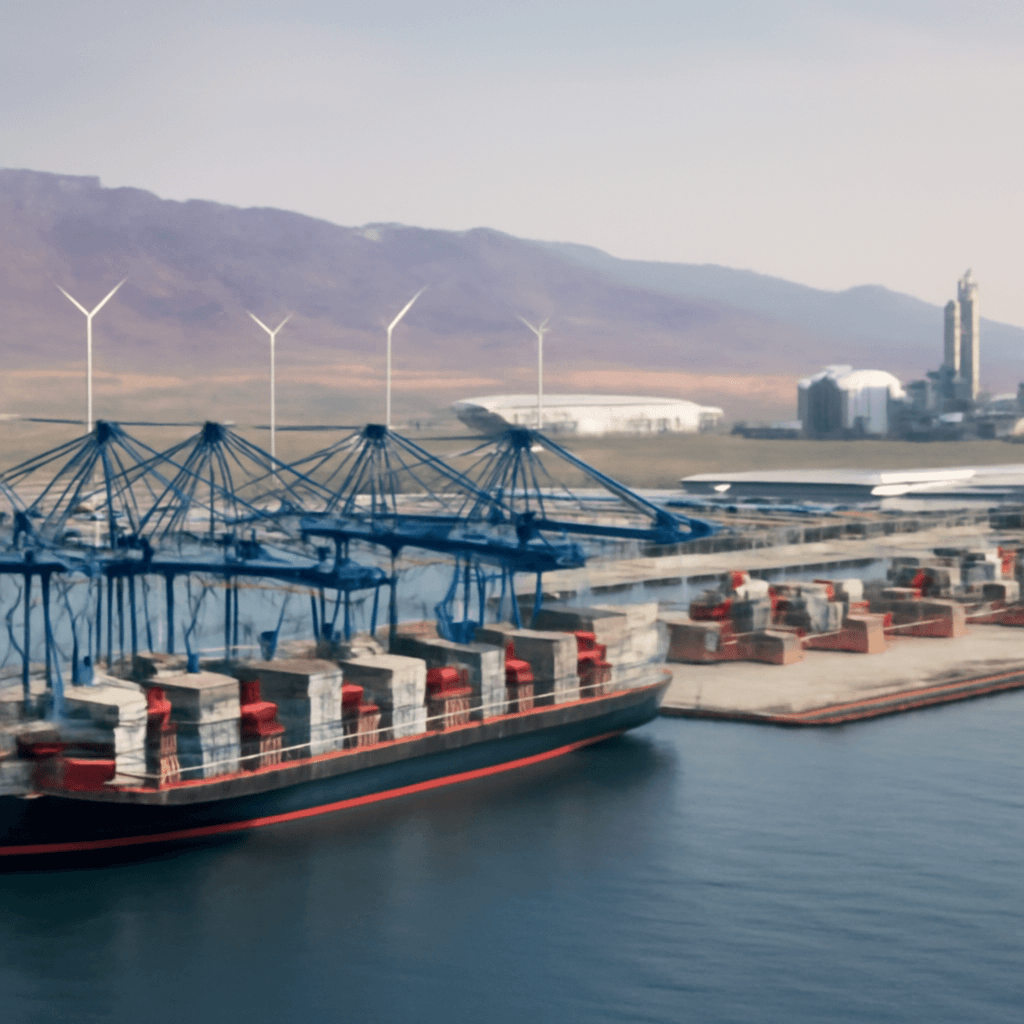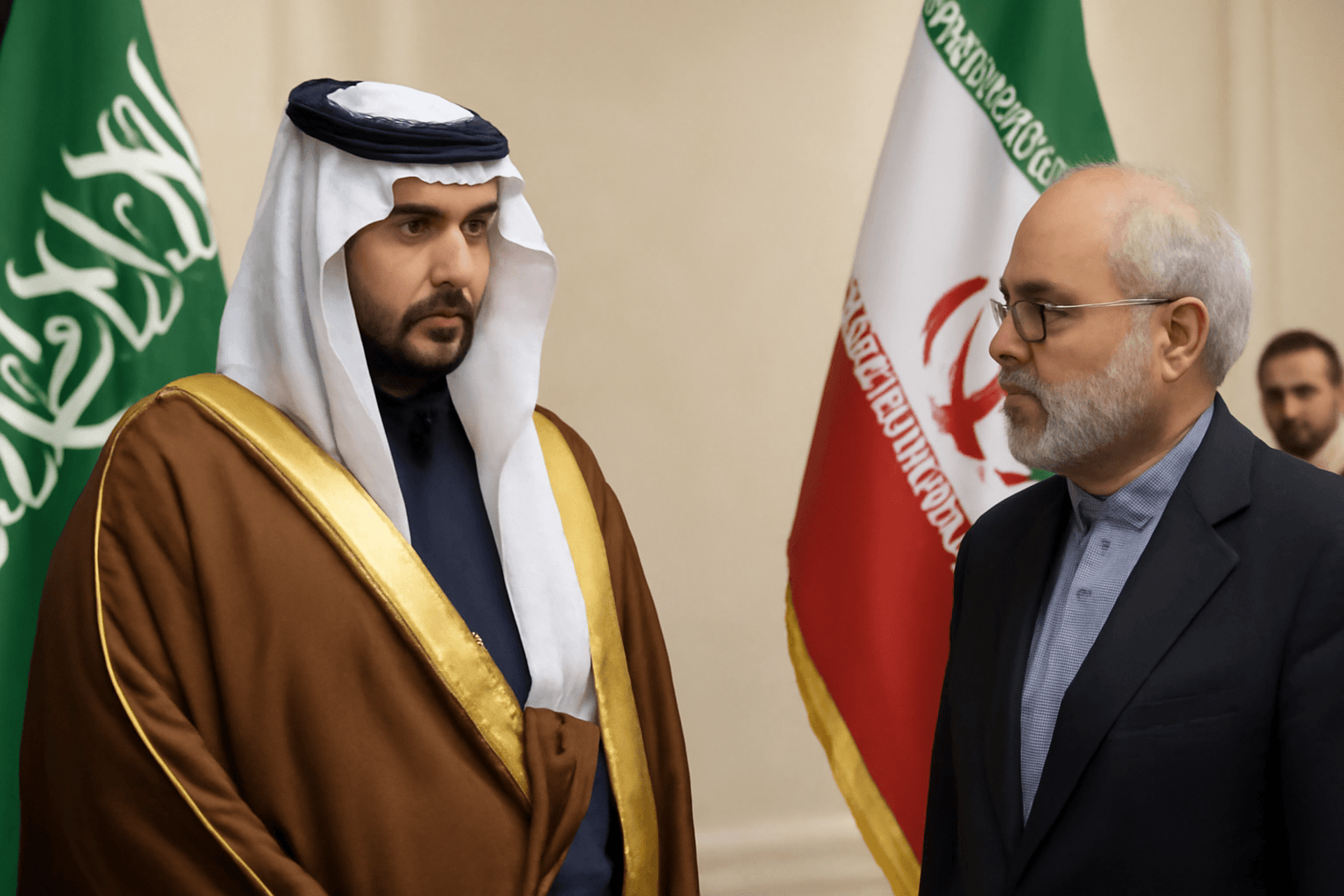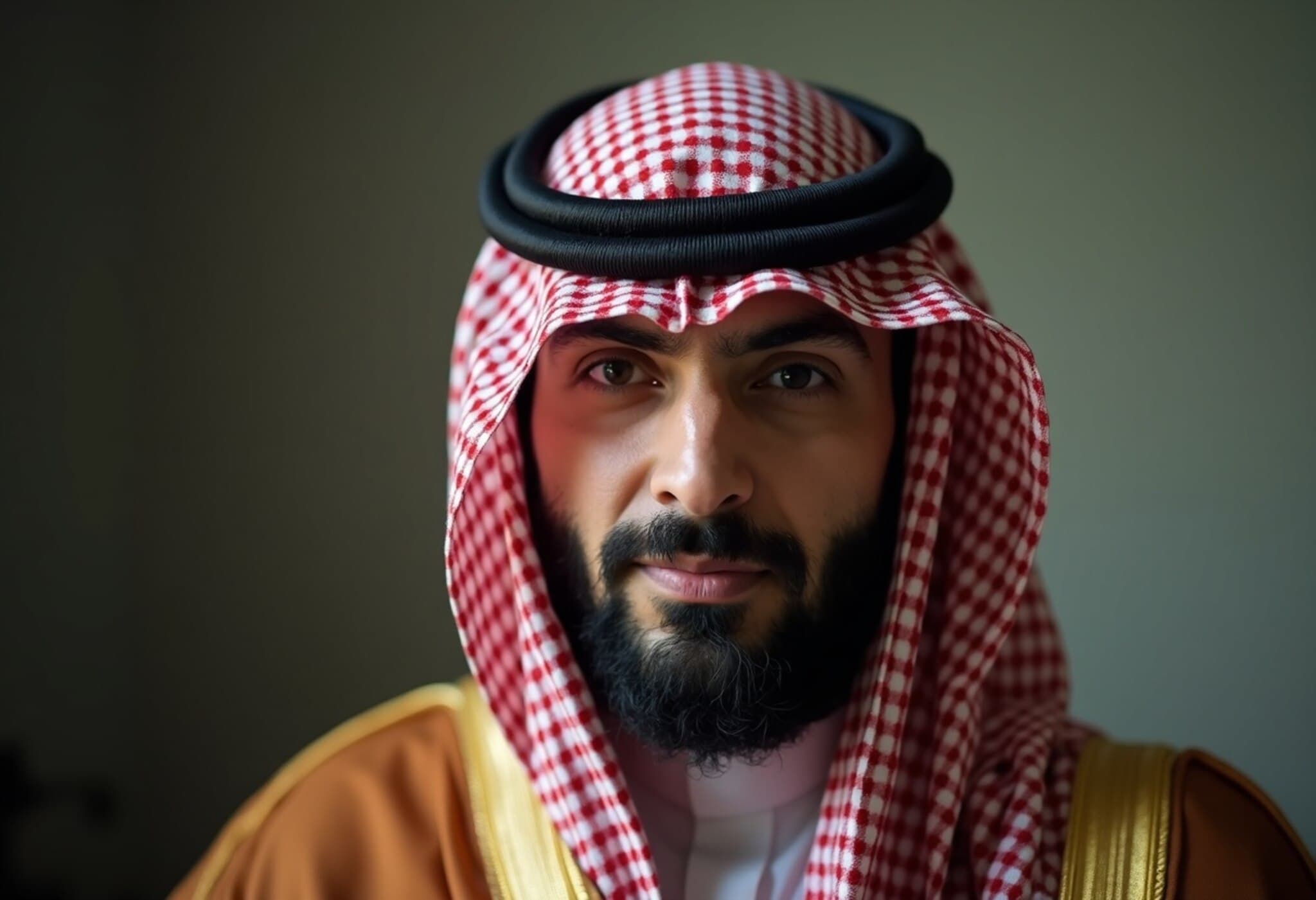Hydrogen-Powered Bus Trial Marks a Milestone for Saudi Arabia's NEOM
In a significant leap toward sustainable urban transport, South Korean automotive giant Hyundai has successfully completed a trial of its hydrogen-powered UNIVERSE Fuel Cell bus within Saudi Arabia's ambitious NEOM project. This trial represents the first deployment of a hydrogen-fueled vehicle in the challenging high-altitude terrain of Trojena, nestled at an elevation of up to 2,080 meters.
Pioneering Zero-Emission Transit in NEOM’s Mountainous Terrain
The trial bus operated smoothly within Trojena, a mountainous district of NEOM, demonstrating the viability of hydrogen fuel cell technology in extreme elevations where traditional vehicles often face performance and environmental challenges. Hyundai’s UNIVERSE Fuel Cell bus trial is not only a technological showcase but also aligns closely with NEOM’s vision of pioneering zero-emission mobility solutions in one of the globe’s most futuristic city projects.
NEOM: Saudi Arabia’s Vision 2030 Flagship Mega-City
Originally unveiled in 2017 by Crown Prince Mohammad bin Salman, NEOM stands as a cornerstone of Saudi Arabia’s broader Vision 2030 initiative — an expansive plan aimed at transitioning the country from a hydrocarbon-reliant economy to a diversified, innovation-driven global hub.
Situated in the northwestern Tabuk Province, NEOM is envisioned as a sprawling metropolis integrating advanced technology, renewable energy, and sustainable living.
Unique Attractions Fueling NEOM’s Global Appeal
- Trojena: The site is set to launch the first-ever outdoor ski resort in the Gulf region, designed as a year-round destination for adventure sports at high altitudes.
- Sindalah Island: This luxury island development is poised to become a premier Middle Eastern superyacht haven spanning 9 million square feet, combining natural beauty with cutting-edge hospitality and maritime services.
- The Line: Perhaps the most talked-about element of NEOM, The Line is a revolutionary linear smart city stretching 170 kilometers long, standing 500 meters tall, and an ultra-narrow 200 meters wide. Its design challenges conventional urban planning by promising a car-free, carbon-neutral environment featuring smart technology and powered entirely by renewable energy sources.
Challenges and Controversies Surrounding NEOM’s Timelines and Costs
Despite the visionary blueprint, NEOM has faced significant delays and budget escalations over the years. Initial cost estimates of $500 billion have ballooned dramatically to a staggering $8.8 trillion, casting shadows over the feasibility and timely delivery of the project.
Critics question whether the ambitious 2030 completion target remains tenable, especially given the complex logistics, vast scale, and geopolitical pressures inherent in such a bold undertaking.
Expert Insight: What NEOM Represents for Sustainable Urbanism
NEOM’s hydrogen bus trial is emblematic of the project’s broader ambition—to fuse cutting-edge technology with ecological responsibility. Hydrogen fuel cell vehicles produce zero emissions, offering a tangible alternative to fossil-fuel-powered public transit, particularly vital in a region historically reliant on oil.
Moreover, success in harsh mountain environments like Trojena could position NEOM as a global testbed for sustainable mobility in diverse geographies—potentially influencing urban development strategies far beyond the Middle East.
Looking Ahead: NEOM’s Role in the Global Shift Toward Green Technologies
Saudi Arabia’s NEOM is not just a construction project; it represents a bold experiment at the crossroads of urban innovation, sustainability, and economic diversification. By partnering with global leaders like Hyundai to pilot hydrogen-fueled transport, NEOM underscores its commitment to fostering a carbon-neutral future.
As the world increasingly pivots toward green energy, NEOM’s evolving landscape offers a window into how next-generation cities will operate—smart, clean, and resilient.
Editor’s Note
The successful hydrogen bus trial at NEOM is a promising sign that sustainable mobility solutions are gaining real-world traction beyond conceptual plans. However, the immense costs and extended timelines of the NEOM project invite critical reflection on balancing visionary infrastructure with pragmatic execution. How NEOM navigates this tension in the coming years could set important precedents for mega-projects worldwide.

